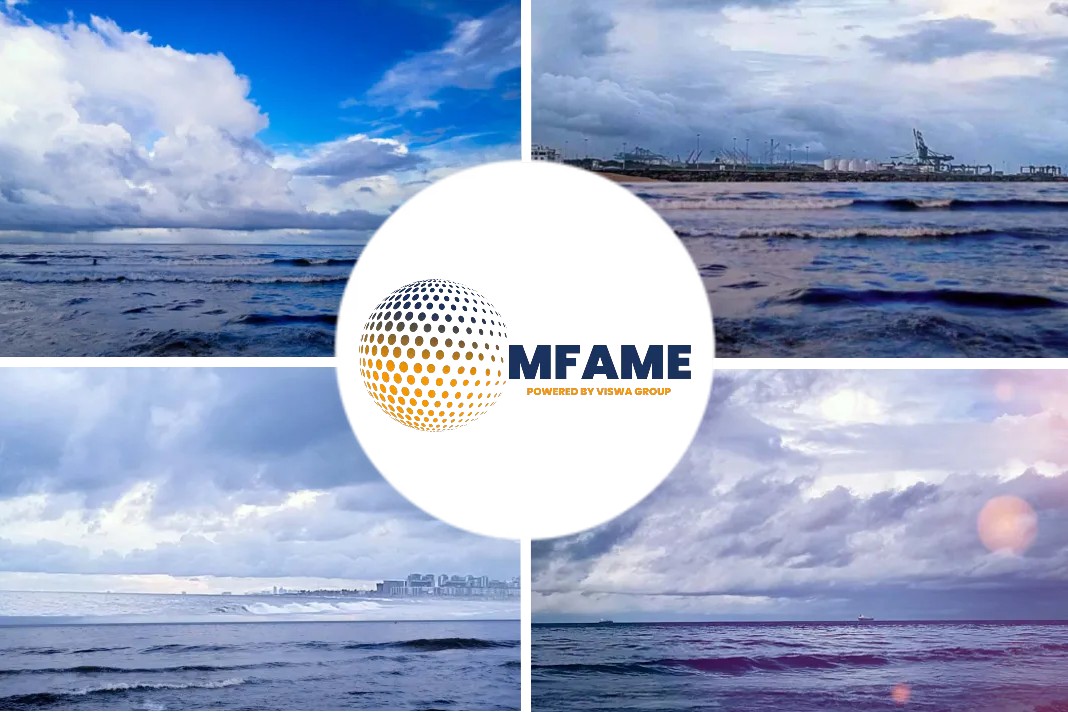Supertankers arrived halfway across the world at refineries that had little place to put more barrels as jet fuel and gasoline piled up. They idled offshore rather than being able to come back and pick up more crude.
Future market
Meanwhile, even as oil prices collapsed, the futures market was less pessimistic about the situation several months out—a situation known as contango. That provided anyone with spare storage a sure-fire profit opportunity by buying crude and selling futures—as long as they had some place to put it. “Floating storage” is the most expensive way to do that, but the situation contributed to a bidding war for tanker capacity and simultaneous downward pressure on physical crude prices as traders bid down to maximize their profits, says energy economist Philip Verleger. Crude oil and condensates in floating storage peaked at 215 million barrels last June according to oil analytics firm Vortexa. About a quarter of the global tanker fleet was being used, which is the highest the firm has ever seen.
Reversing trade
That process is brutal when it reverses, though. With demand rebounding, all those vessels came back into the market at the same time that big exporters like Saudi Arabia voluntarily cut back their exports to stabilize the market. And the futures trade reversed too, making oil storage costly rather than profitable. From the first to the fourth quarter, revenue and profits plunged at shippers like Frontline, Teekay Tankers TNK -2.71% and Euronav.
Incurring trade market
It has continued to worsen. The double whammy of disrupted U.S. production from the Texas winter chill and big exporters’ surprise decision to keep oil off the market for a while sent daily earnings for a VLCC to a historic low of $826 —down by more than 99% in a year.
In the first week of March, VLCC earnings were in negative territory on some individual routes, according to Clarksons Research. “Brokers take the lump sum for a trade and then calculate fuel and other costs, which theoretically when added back show a negative rate,” explained Brian Gallagher, head of investor relations at Euronav, in an email. “This is a fixed-cost business incurring costs every day so if not sailing, then costs are still incurred.”
Hoping for good
For the tanker companies themselves, those with strong balance sheets will be able to weather the storm and potentially emerge with competitive advantages once more oil supply returns to the market. Euronav’s Chief Executive Hugo De Stoop noted in a February earnings call that globally, the tanker market fleet age is the oldest it has been since 2002. That could lead to a smaller global fleet size, he noted, adding that regulatory pressures—such as emissions standards—are increasing on older vessels. Despite swinging to a loss in its fourth quarter, the company’s board authorized a $50 million share repurchase program for 2021 and is looking at opportunities to expand its tanker fleet at cheaper prices.
A year after their incredible good fortune, an equal basket of four energy shipping firms has lagged the S&P 500 by 70 percentage points over the past year and is right back to its long-term average ratio of price to book value. With life and energy demand returning to normal, this is no time for investors to walk the plank.
Did you subscribe to our daily newsletter?
It’s Free! Click here to Subscribe!
Source : The Wall Street Journal

















